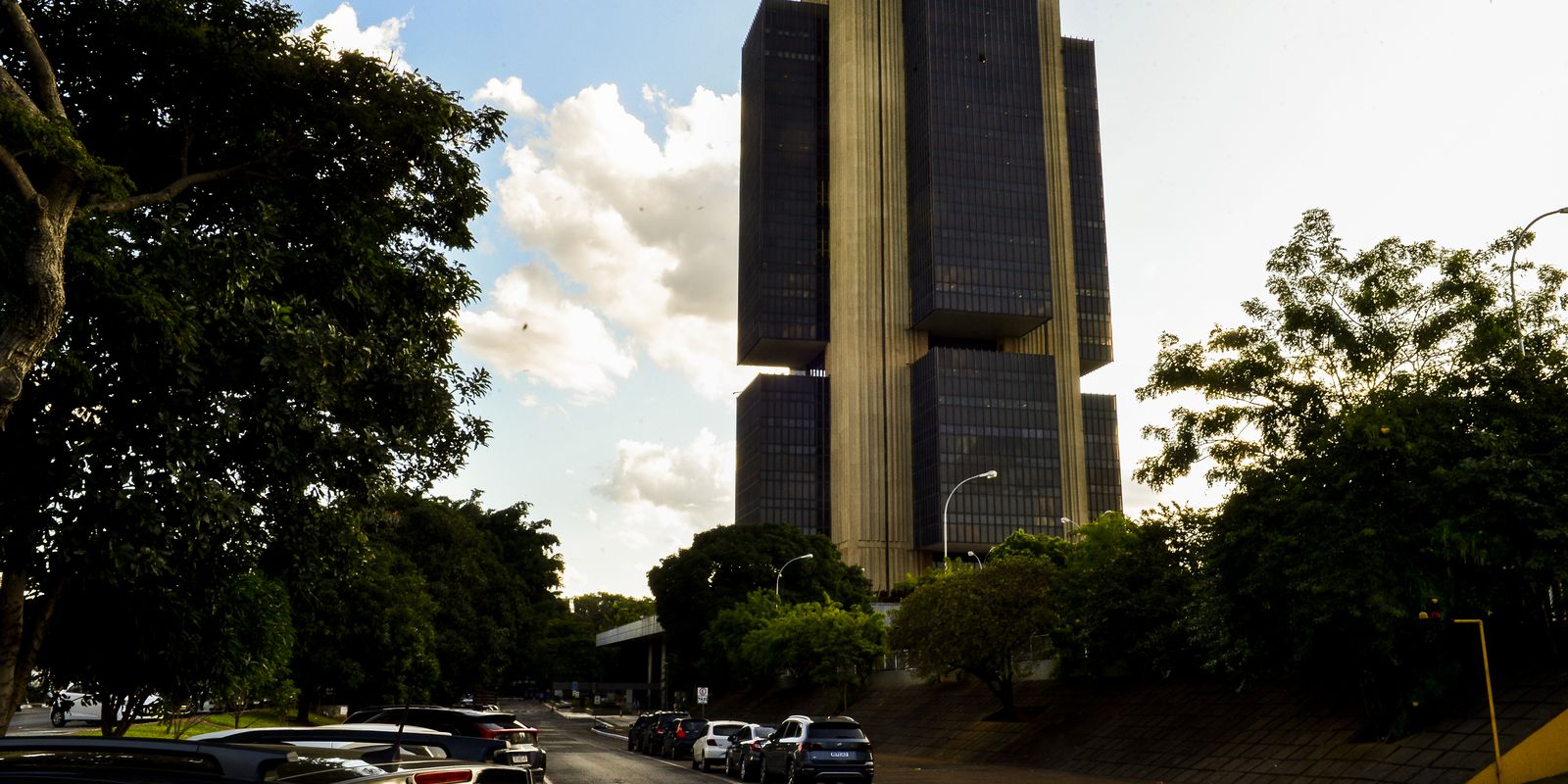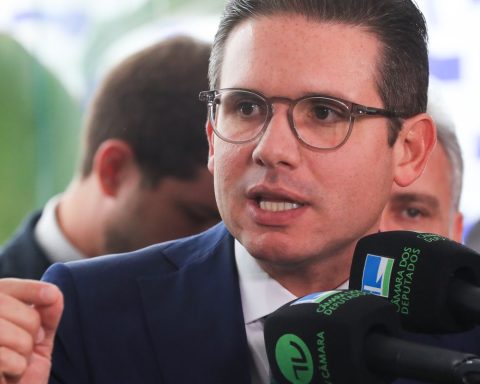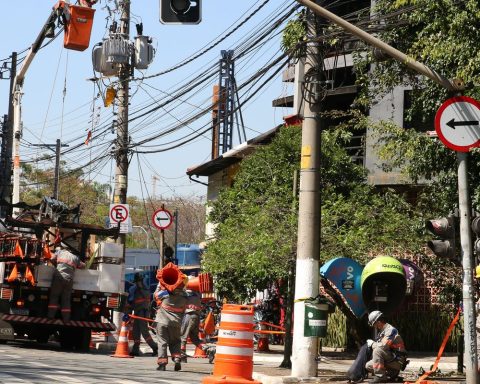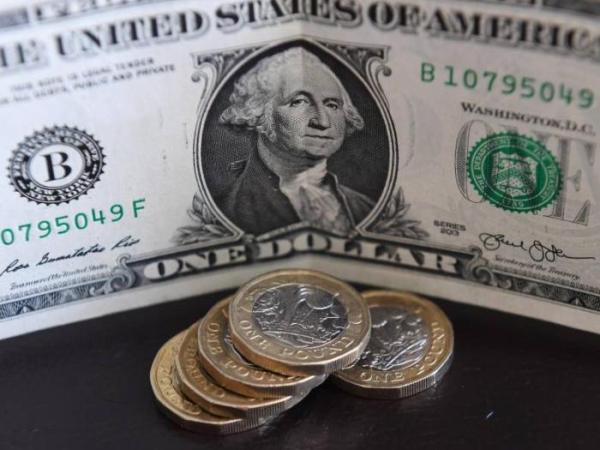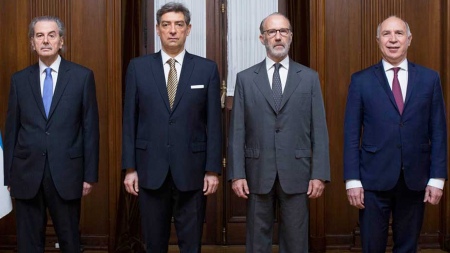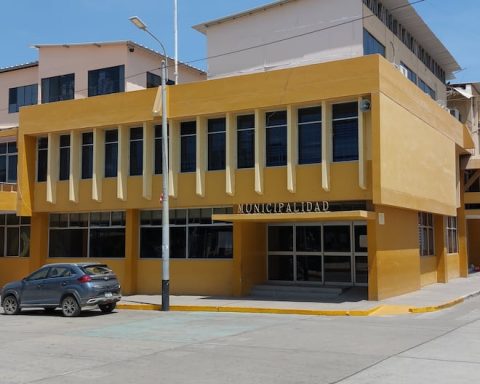External accounts had a negative balance of US$ 10.9 billion in December last year, informed today (26) the Central Bank (BC). In the same month of 2021, the deficit had been US$ 7.7 billion in current transactions, which are purchases and sales of goods and services and income transfers with other countries.
The difference in the interannual comparison is due to the trade balance surplus, which increased by US$ 405 million, while deficits in services increased by US$ 1.5 billion and in primary income (profits and dividends) decreased by US$ 2 billion.
In 2022, the deficit in current transactions is US$ 55.7 billion, 2.92% of the Gross Domestic Product (GDP, sum of goods and services produced in the country), compared to a negative balance of US$ 46.4 billion ( 2.81% of GDP) in the equivalent period ending in December 2021.
This increase, of US$9.3 billion, was due to widening deficits in services (US$13 billion) and primary income (US$4.9 billion), partially offset by an increase of US$8 billion in the trade surplus.
Trade balance and services
The trade balance of goods had a surplus of US$ 3.2 billion in December 2022, compared to a surplus of US$ 2.7 billion in December 2021. Exports of goods totaled US$ 27.4 billion and imports of goods, US$ 24.2 billion, increases of 10.9% and 10.5% compared to December 2021.
Goods exports totaled US$ 27.4 billion in December, an increase of 10.9% compared to the same month of 2021. Imports totaled US$ 24.2 billion, an increase of 10.5% compared to December of last year . With these results, the trade balance closed with a surplus of US$ 3.2 billion last month, compared to a positive balance of US$ 2.7 billion in December 2021.
In the year 2022, exports and imports of goods registered the highest values in the historical series and the trade flow reached US$ 636.9 billion. Goods exports totaled US$ 340.7 billion, an increase of 19.9% compared to the US$ 284 billion in 2021, while imports of goods totaled US$ 296.3 billion, an increase of 19.6% compared to the US $247.6 billion seen in 2021.
Exports and imports within the scope of Repetro (Special customs regime for goods intended for oil and natural gas exploration and mining activities) totaled US$ 1.3 billion and US$ 1.9 billion respectively in 2022, compared to the US $1.1 billion and $15.4 billion in 2021.
The deficit in the services account (international travel, transportation, equipment rental and insurance, among others) totaled US$ 4.6 billion in December 2022, an increase of 49.5% compared to December 2021. In the year 2022 , the deficit in services totaled US$ 40 billion, an increase of 48.4% compared to the deficit in 2021, which was US$ 27 billion. This increase was mainly due to increases in net expenses on transport (US$ 5.8 billion) and travel (US$ 4.9 billion).
lace
In December of last year, the deficit in primary income (profits and dividends, interest payments and wages) reached US$ 9.7 billion, with a 25.7% increase compared to the US$ 7.7 billion deficit in the same month de 2021. Normally, this account is in deficit, since there are more investments by foreigners in Brazil, who remit profits abroad, than by Brazilians abroad.
Net expenses on profits and dividends, associated with direct and portfolio investments, totaled US$ 6.7 billion, an increase of 26.1% compared to December 2021. $2.4 billion as of December 2021.
In the year 2022, the deficit in primary income totaled US$ 63.9 billion, 8.3% above the US$ 59 billion deficit that occurred in 2021. Net expenditures on profits and dividends totaled US$ 44.7 billion, 16 .4% above the value observed in 2021, while net interest expenses totaled US$ 19.2 billion, slightly lower than the US$ 20.6 billion in 2021.
Net inflows in direct investments in the country (IDP) totaled US$ 5.6 billion last month, compared to net disinvestments of US$ 5.2 billion in December 2021.
Last month, there were net inflows in equity participation of US$ 5 billion, such as buying new companies and reinvesting profits. Meanwhile, intercompany operations (such as loans from the headquarters abroad to the branch in Brazil) had a surplus of US$ 604 million in the month.
In the year, the IDP totaled US$ 90.6 billion, corresponding to 4.76% of GDP, compared to US$ 46.4 billion (2.82% of GDP) in the previous month. The result represents the highest net inflow of the IDP since 2012, when the registered inflow was US$ 92.6 billion.
Portfolio investments in the domestic market totaled net inflows of US$4.1 billion in December 2022, comprising inflows of US$2.1 billion in stocks and mutual funds and inflows of US$2 billion in debt securities.
In 2022, net portfolio inflows in the domestic market totaled US$6.4 billion (net inflows of US$10.9 billion in stocks and investment funds and net outflows of US$4.5 billion in debt securities) compared to net worth of $27.9 billion in 2021.
Direct investments abroad (FDI) showed net investments of US$ 3.7 billion in December 2022, compared to net disinvestments of US$ 6 billion in December 2021. In 2022, FDI flows totaled net investments of US$ 30.7 billion, compared to US$ 16.2 billion in 2021. The result was mainly due to investments in equity participation, which totaled US$ 29.6 billion in 2022, compared to net investments of US$ 16 .4 billion in 2021.
Reservations
The stock of international reserves reached US$ 324.7 billion in December 2022, a decrease of US$ 6.8 billion compared to the previous month. The result was mainly due to net sales of US$ 9 billion in operations with repurchase lines, and negative contributions from changes in parities, in the amount of US$ 2 billion. Interest income totaled $576 million.
In the year 2022, international reserves decreased by US$ 37.5 billion. Price losses (US$ 24 billion) contributed to this reduction; the net concession of lines with repurchase (US$11.5 billion); parity losses ($6 billion); and the liquidation of cash sales (US$ 571 million). Interest income amounted to US$ 6.2 billion.
Revisions
BC policy establishes an ordinary annual review of the balance of payments and the international investment position in the months of July and November. The sources are the definitive data from the Census of Foreign Capital in the Country and the survey Brazilian Capitals Abroad (CBE), both from 2022, from the payment module abroad of the Electronic Declaratory Registry – Registry of Financial Operations (RDE-ROF), of the database published by the Foreign Trade Secretariat (Secex) containing values for freight expenses and the Declaration on the Use of Resources in Foreign Currency Arising from Receipt of Exports (Derex).
According to the BC, due to an operational error, there was an extraordinary review of the contracted import exchange series for the period from October 2021 to December 2022.
Therefore, in 2021, the contracted import exchange rate was revised from US$ 215.4 billion to US$ 217.2 billion, an increase of US$ 1.7 billion. In 2022, the same series went from US$ 238.1 billion to US$ 250.9 billion, an increase of US$ 12.8 billion. The total net balance was reduced by the same magnitudes.
In the ordinary revision, with the quarterly CBE data, third quarter 2022 direct investment earnings revenues were revised from US$ 6.1 billion to US$ 9.2 billion, an increase of US$ 3.1 billion.
With the most recent data from the DEF, expenditures on direct investment profits were also revised, an increase of US$ 2.7 billion, from US$ 13.3 billion to US$ 16.1 billion. For the same period, FDI and IDP transactions were revised upwards, via reinvested earnings, by the same amounts.
